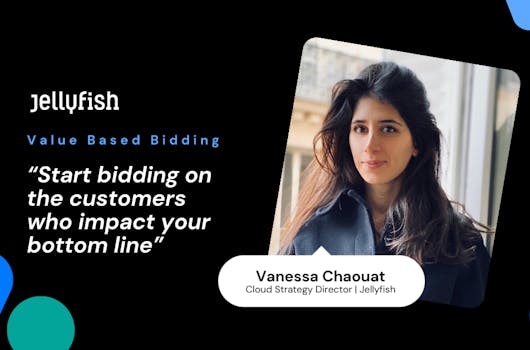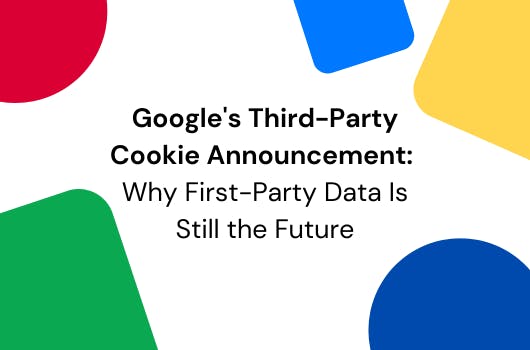success > L'AGEFI
Building a BtoB data model through the Data Deep Dive methodology
To support their GDPR and business objectives we implemented a 360 view using our Data Deep Dive methology.
To support their GDPR and business objectives we implemented a 360 view using our Data Deep Dive methology.

L'Agefi is a media group that produces economic and financial analyses along with events for professional investors and decision-makers.
In 2019, L'Agefi has overhauled its information system, with a Customer Data Platform at the heart of the system to create a 360° view of the 17 possible interaction points for an AGEFI contact, and to manage RGPD and business issues (customer knowledge, personalised service offering).
To support l'Agefi with their GDPR and need for better business personalization we decided to implement a 360 view. We used our unique Data Deep Dive methodology to build a specific BtoB data model.
The model has three specific features:
The architecture of the target model is based on an Activity Id (contact/company pair) which identifies unique events linked to :
Our unique Data Deep Dive methodology is structured around workshops to design 3 deliverables :
This approach allows to design a sustainable model, imagined for specific business use cases and adapted to the quality of the source data.
Implementing the 360° view has given us a single view of our customers. The 360 view has reconciled the data from our various product databases, enabling us to work on a cross- and up-selling strategy
Stéphanie Elorin, Marketing Director at L’Agefi
From an RGPD point of view, the CDP has enabled L'Agefi to automatically manage the anonymisation of inactive users, and to give them control over the manual deletion of active contacts who made an official request for it.
From a business point of view, the 360 view has saved the team a considerable amount of time: instead of more than a week to sort and clean excel lines before each import (with an additional cleaning phase), it now takes 2 clicks to push de-duplicated target into the platform. Allowing the team to devote their time and attention to managing day-to-day and higher value-added tasks.
The 360 view has also made it possible to rebuild the commercial offer. Identifying common customers between the 2 subscriber bases, and cross-referencing subscribers with event participants allows to better define upgrade and cross-selling offers. The direct connection of the Marketing Automation platform to centralised data has made it possible to deploy relational activation and transformation programmes.
time saved comparing customer data
Deduplication rate

Discover how Value-Based Bidding (VBB) can revolutionize your advertising approach by targeting customers who truly impact your bottom line.
Read Article
For today’s marketers, the challenge is making your data work smarter, faster, and more effectively. That’s where CAPI (Conversions API) can make all the difference. So, why aren’t more brands leveraging CAPI? Eb Adeyeri, our VP of Paid Social & Partnerships, explores this for AdExchanger, highlighting the risks for brands that delay its adoption and the opportunities for those who take action now.
Read Article
In a (not so) surprising turn of events, Google announced that it would not be deprecating third-party cookies as planned. This decision sent ripples through the digital advertising and marketing industries, leaving many advertisers wondering about the implications for their data strategies. Despite this unexpected move, here at Jellyfish, we still believe in the importance of investing in first-party data, and server-side tagging remains as critical as ever.
Read Article